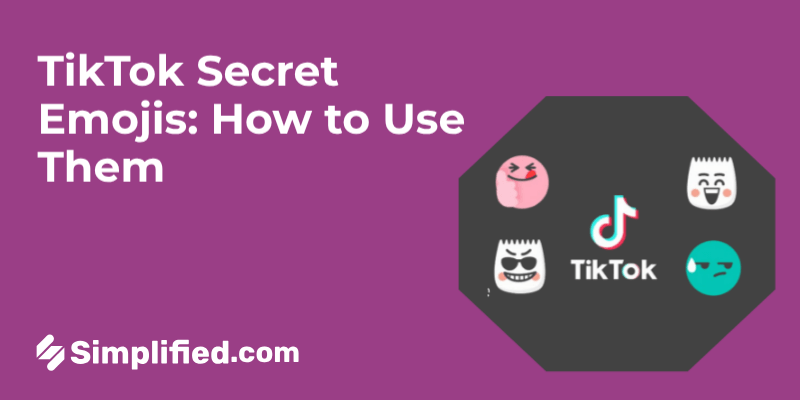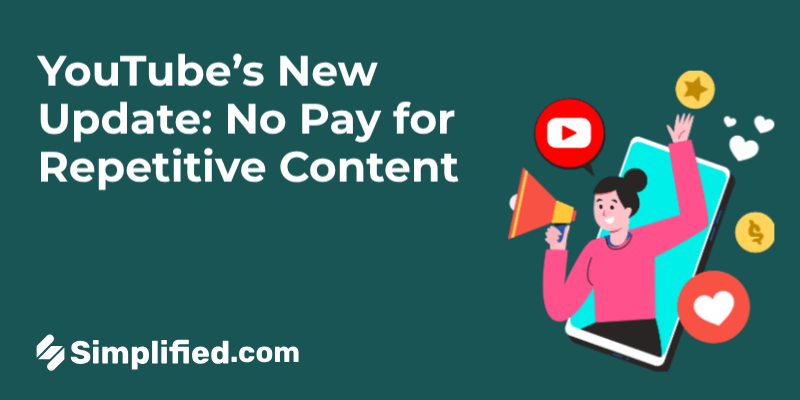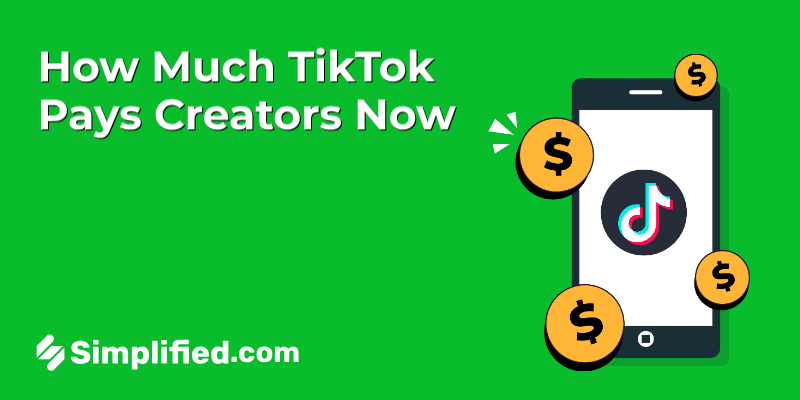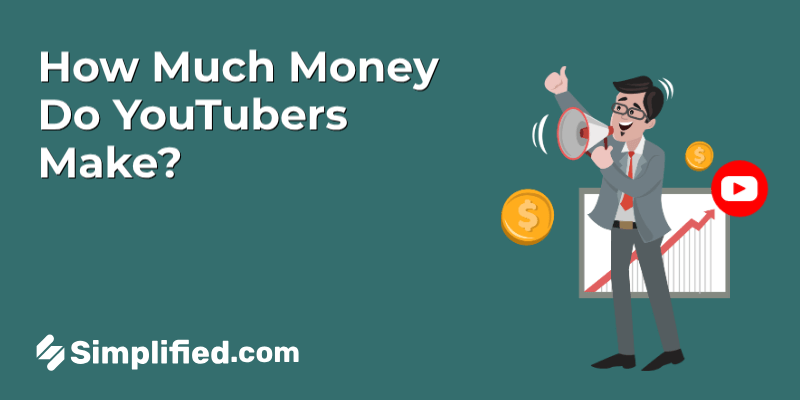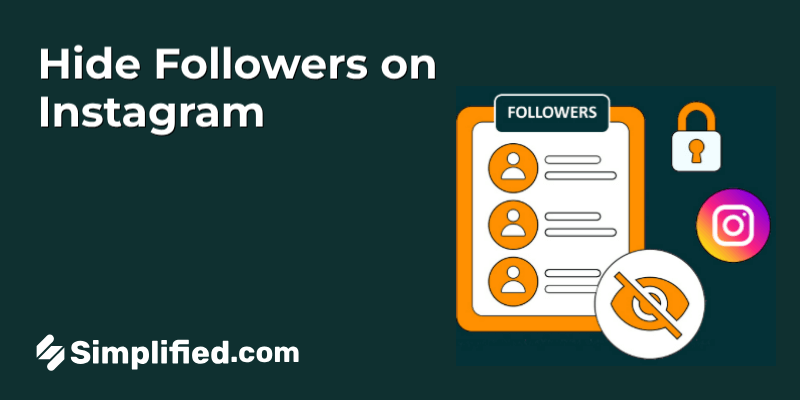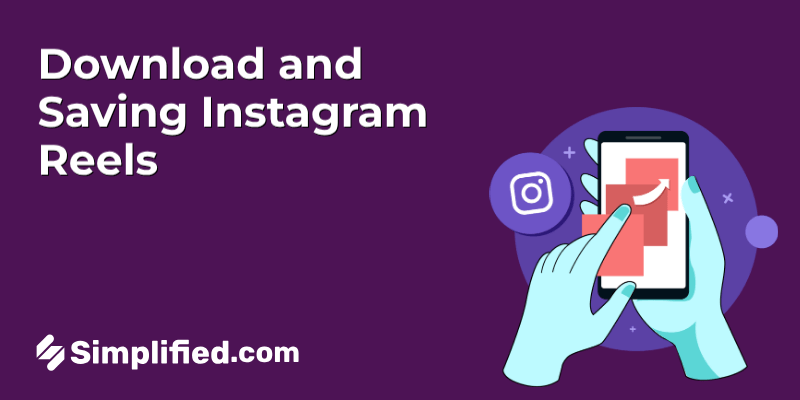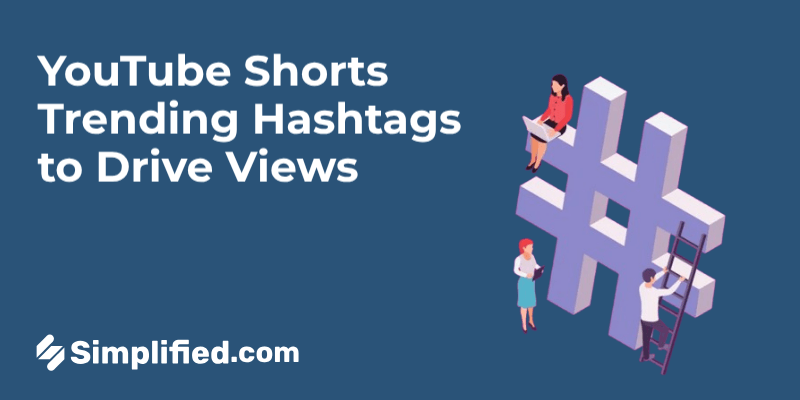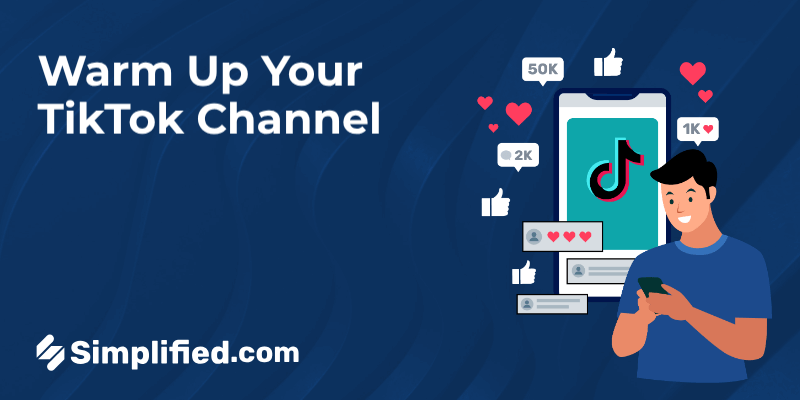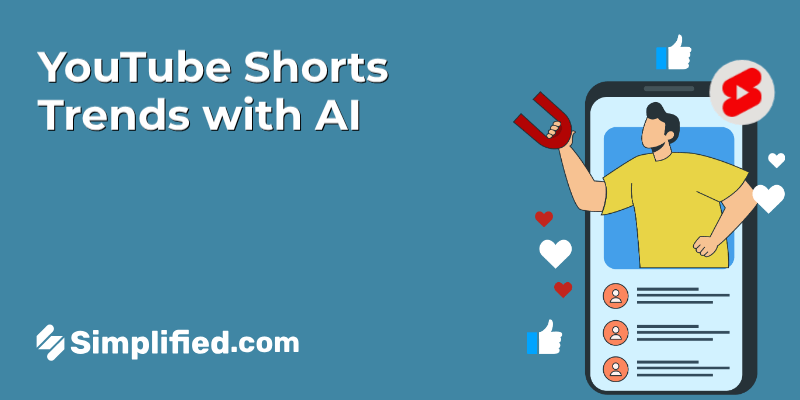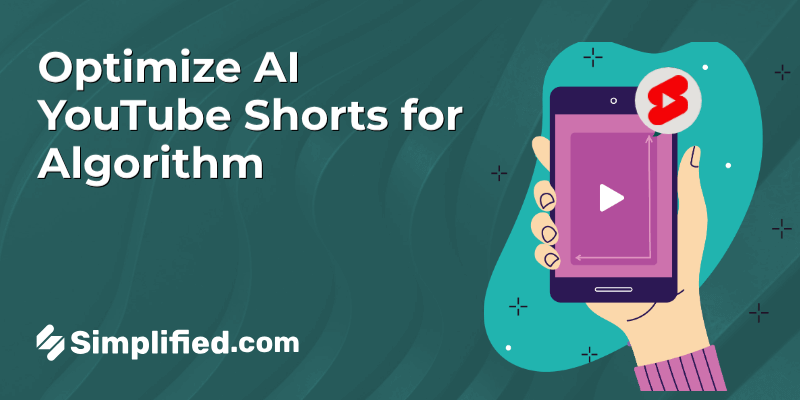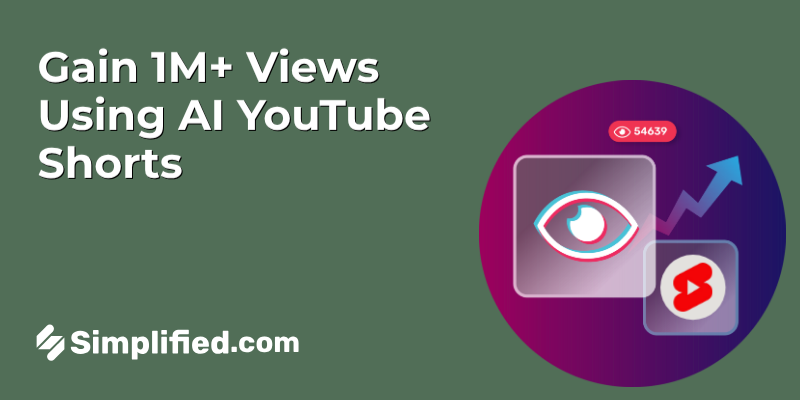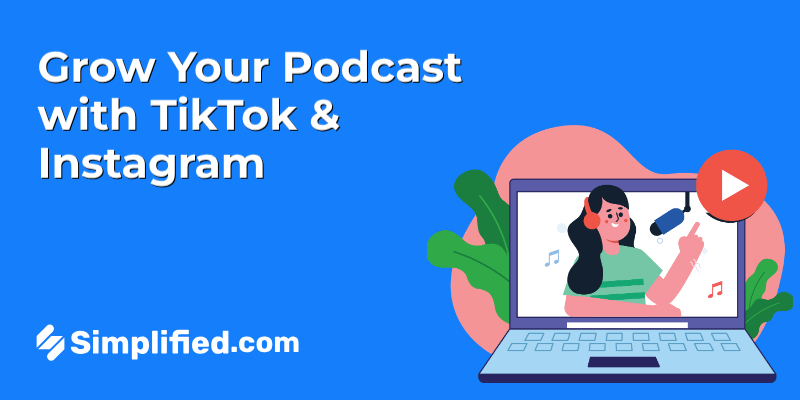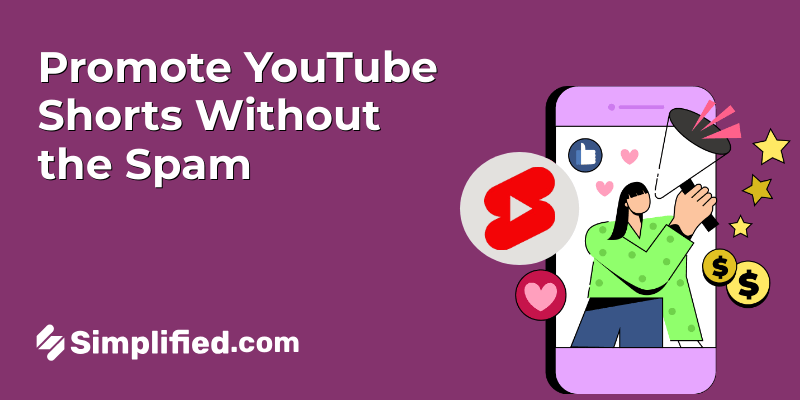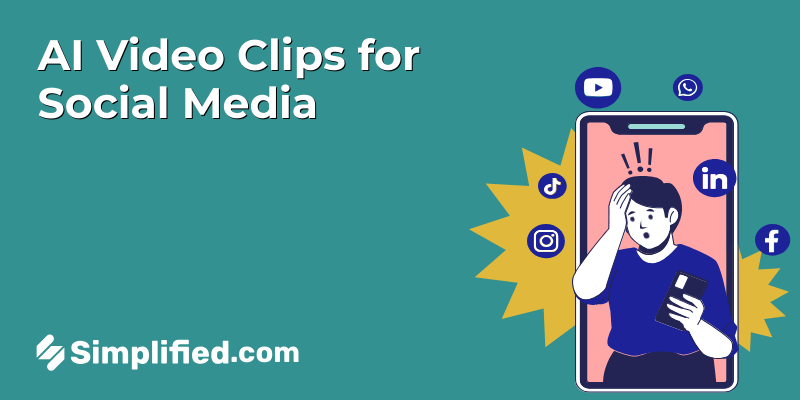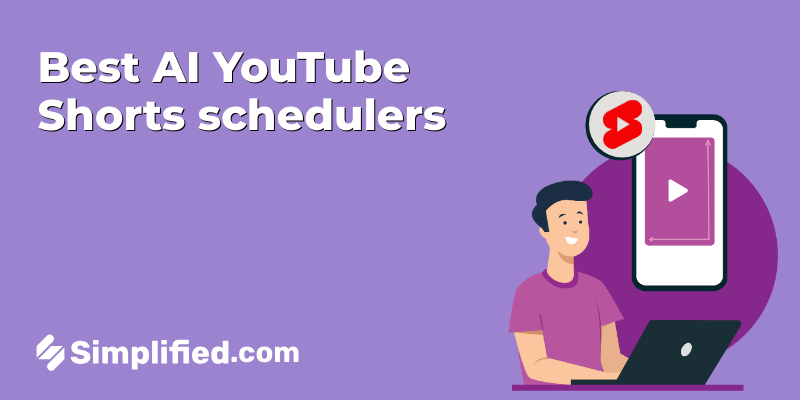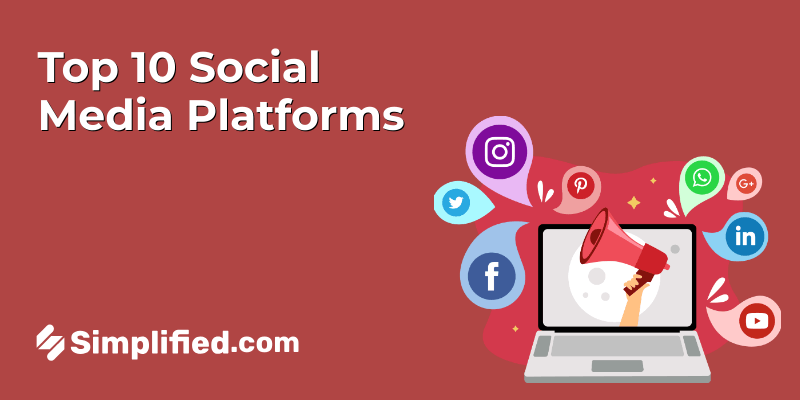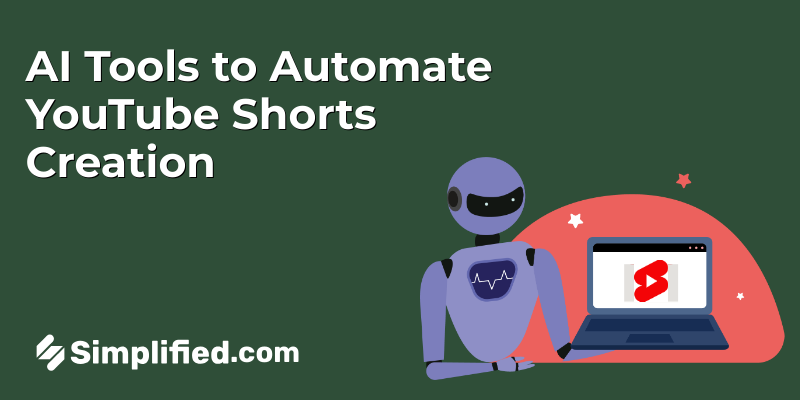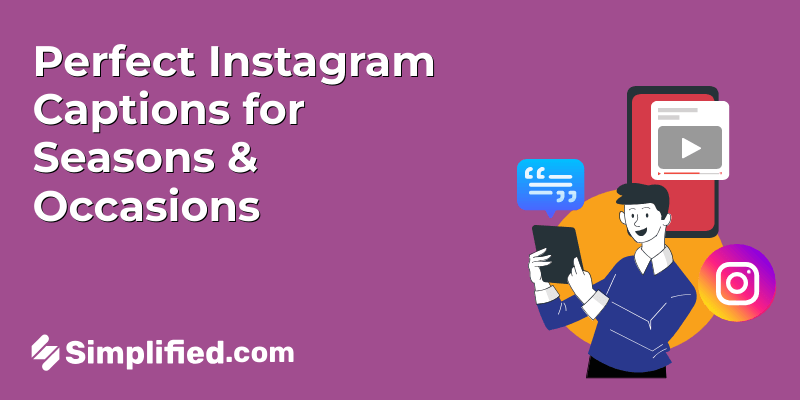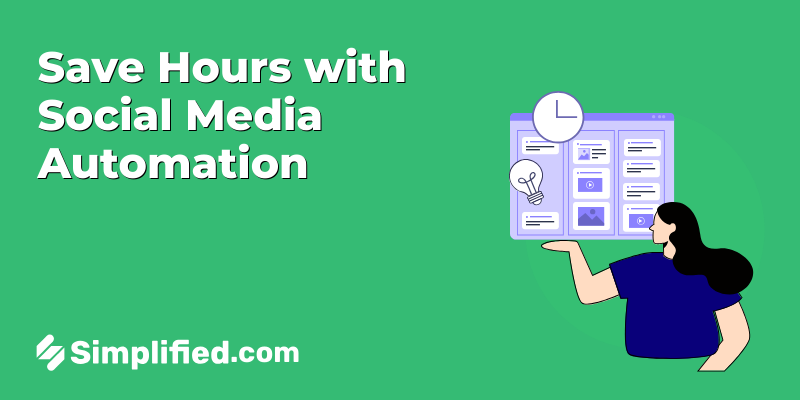
Businesses are constantly seeking ways to optimize their operations and maximize their productivity. One area that has seen significant advancements is social media management. With the increasing demands of maintaining a robust online presence, many companies are turning to social media automation. By incorporating social media automation tools into your strategy, you can save valuable time—often more than 10- 15 hours a week—while managing your brand’s online engagement. In this blog, we will explore how social media automation can benefit your business and provide insights into some effective automation tools available today.
Understanding Social Media Automation
Social media automation refers to the use of software and tools to schedule, manage, and analyze social media content without the need for constant manual intervention. By automating repetitive tasks, businesses can ensure their social media channels remain active and engaging while freeing up time to focus on more strategic initiatives.
Automation tools enable users to plan and publish content in advance, monitor interactions, and analyze performance metrics. This not only helps in maintaining a consistent posting schedule but also allows marketers to engage with their audience promptly.
Now Let’s explore the different types of social media automation, how each can benefit your organization, and how they help save your valuable time.
Types of Social Media Automation
1. Social Media Scheduling

Social media scheduling is one of the most commonly used type of automation and valuable forms of automation for businesses and content creators alike. It involves planning and scheduling posts in advance across various platforms to ensure a consistent and timely content delivery.
Benefits:
- Consistency in Posting: One of the most significant challenges for social media managers is maintaining a regular posting schedule. Scheduling tools allow you to create content in bulk and plan your posts well in advance.
- Optimal Posting Times: Social media scheduling tools offer insights on the best times to post, ensuring your content reaches the most active audience, without requiring you to be online.
- Batch Content Creation: Create multiple posts at once, then schedule them to go live over days, weeks, or months, ensuring consistent content delivery without daily effort.
- Managing Multiple Platforms: If you are managing social media for multiple platforms—such as Facebook, Instagram, LinkedIn, and Twitter. You can plan posts for all platforms from a single dashboard, ensuring consistency across all your channels without the need to log in to each one separately.
- Reduced Risk of Errors: Having a structured schedule helps eliminate last-minute rushes that can lead to mistakes, such as typos or incorrect information. Scheduling tools allow you to review and tweak posts before they go live, ensuring everything aligns with your brand’s voice and messaging.
- Long-Term Campaign Planning: Social media scheduling isn’t just for daily posts. You can plan long-term campaigns by scheduling a series of posts that align with an overarching theme or promotion. This is particularly useful for product launches, seasonal campaigns, or event promotions.
- Collaboration and Approval: Many social media scheduling tools include collaboration features, making it easier for teams to work together on content creation. You can draft posts and send them to your team or clients for review and approval before scheduling them, ensuring everyone is on the same page.
Time-Saving Aspect:
By automating post scheduling, you can manage all your social media content in just one or two sessions a week, significantly saving the time that would otherwise be spent logging in and posting each day. Whether you’re a small business owner, a social media manager, or part of a larger marketing team, scheduling ensures a consistent online presence without the need for continuous oversight.
Bonus: 10 Best LinkedIn Automation Tools to Leverage
2. Social Listening and Monitoring
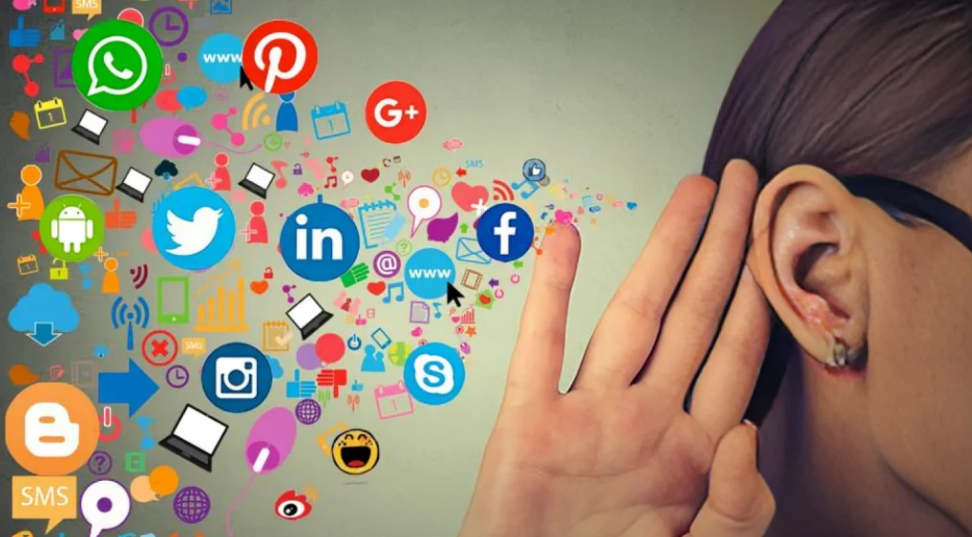
Social media listening and monitoring involve tracking brand mentions, keywords, and industry trends across social media platforms. This type of automation helps businesses stay informed about conversations related to their brand or sector.
Benefits:
- Real-Time Feedback: By monitoring what people are saying about your brand, you can gain valuable insights into customer sentiment and preferences. This information is crucial for adjusting your strategies and offerings.
- Engagement Opportunities: Social listening enables you to identify opportunities for engagement. When users mention your brand or express interest in related topics, you can respond promptly, fostering stronger relationships.
- Crisis Management: Early detection of negative sentiments or potential PR crises allows businesses to respond quickly and effectively, mitigating damage to their reputation.
Time-Saving Aspect:
Automated monitoring eliminates the need for manual searches across different platforms. Instead of spending time looking for mentions or relevant conversations, the system can alert you to important discussions, allowing you to respond swiftly.
3. Engagement Automation
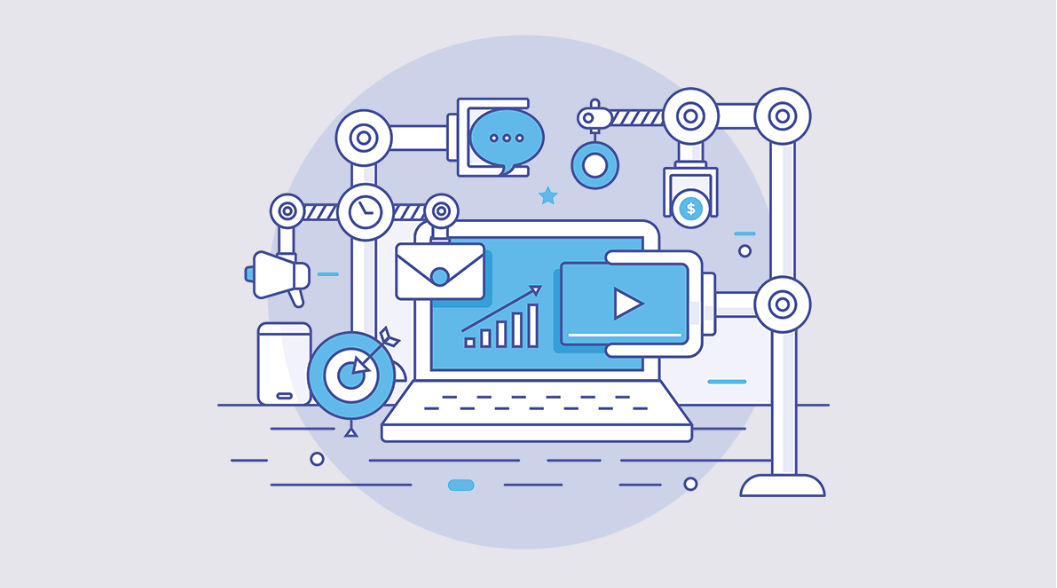
Engagement automation involves using tools to automate responses to common queries, comments, and direct messages, allowing brands to maintain interaction with their audience without requiring constant manual input. As customer expectations for quick responses continue to rise, this form of automation enables businesses to provide timely and relevant engagement, even outside of regular business hours.
Benefits:
- 24/7 Availability: One of the most significant advantages of engagement automation is that it ensures your brand is always available to respond to customer queries, even when your team is offline. Automated responses can be set up to handle frequently asked questions or simple requests, providing instant communication and keeping users engaged.
- Consistent Brand Voice: Automated engagement allows businesses to maintain a consistent brand voice across all interactions. You can pre-set responses to ensure every interaction reflects your tone, values, and professionalism, even during busy periods or outside work hours.
- Higher Engagement Rates: Automated tools can instantly respond to likes, comments, mentions, and direct messages, boosting overall engagement rates. Quick, real-time replies increase the likelihood of ongoing interaction and can foster stronger relationships between your brand and its audience.
- Lead Generation: Engagement automation can be tailored to guide users towards taking specific actions, such as signing up for a newsletter, downloading an ebook, or even making a purchase. By providing instant responses with clear calls-to-action, you can turn casual interactions into opportunities for lead generation or conversions.
Time-Saving Aspect:
Manual engagement across multiple platforms can be incredibly time-consuming, especially as your audience grows. Engagement automation ensures your brand remains active and responsive without requiring team members to monitor accounts around the clock. Tasks like responding to the same customer queries, acknowledging mentions, or thanking users for positive feedback can be done instantly and automatically.
Bonus: 6 AI Workflow Automation Ideas That Will Boost Productivity At Work By 10x
4. Analytics and Reporting

Analytics and reporting tools automate the collection and analysis of social media data, providing insights into performance metrics and audience behavior. Social media analytics play a crucial role in understanding how your content performs, which platforms are driving the most engagement, and what types of posts resonate best with your audience.
Benefits:
- Data-Driven Decisions: By automating the reporting process, you can access key metrics without spending hours compiling data. This allows you to make informed decisions based on real-time insights.
- Performance Tracking: Regular analytics reports help you track the performance of your posts, campaigns, and overall social media strategy, enabling you to refine your approach for better results.
- Audience Insights: Understanding audience demographics, preferences, and behaviors can guide your content strategy and help you create more relevant and engaging posts.
Time-Saving Aspect:
Automated analytics reporting means you can receive regular updates on your performance without needing to spend time gathering and analyzing the data yourself. This allows for quicker adjustments to your strategy based on real-time insights.
5. Content Curation
Content curation automation helps businesses source and share relevant content from other creators or brands, ensuring a steady flow of engaging material for followers. This type of automation is essential for maintaining a robust social media presence without always relying on original content creation. By sharing third-party content that aligns with your audience’s interests, you keep your social channels active, informative, and valuable.
- Diverse Content: Sharing curated content from various sources keeps your social media channels fresh and diverse, appealing to a broader audience.
- Building Relationships: Curating and sharing content from industry leaders or influencers can help build relationships within your niche. By acknowledging and promoting their work, you increase the chances of collaboration or engagement from those creators.
- Time Savings: Automation tools can scan the web for trending or relevant articles based on the topics and keywords you specify, dramatically reducing the time it would take to manually search for shareable content. You can set these tools to deliver a curated selection of content regularly, so all you need to do is review and approve the posts.
Bonus: Social Media Content Creator: Who They Are & What They Do?
Time-Saving Aspect:
Manually searching for, reviewing, and posting third-party content can be a time-consuming task, especially when trying to maintain a consistent flow of posts. Content curation automation reduces this burden by automatically sourcing relevant content based on your preferences, allowing you to focus on higher-value tasks like strategy and engagement.
6. Cross-Posting

Cross-posting involves sharing the same content across multiple social media platforms simultaneously. It’s a straightforward yet powerful form of automation that helps businesses maximize their reach with minimal effort.
Benefits:
- Maximized Reach: Each social media platform caters to different user bases and preferences. By cross-posting, you expose your content to a wider audience, as not all users follow you on every platform. This approach helps you reach those who prefer one platform over another, increasing the chances of engagement and visibility.
- Brand Consistency: Cross-posting ensures that your brand’s message, tone, and visual identity remain consistent across all platforms. This consistency is essential for building a recognizable and trustworthy brand, as users are more likely to engage with a brand that maintains uniformity in its messaging and style.
- Effortless Multichannel Management: Instead of dedicating time to manually copy-pasting or creating new content for each platform, cross-posting automates the process, reducing effort and streamlining workflows.
Time-Saving Aspect:
Cross-posting automation drastically cuts down the time spent managing multiple social media platforms. Instead of logging in and out of each account to post individually, you can prepare one piece of content and distribute it across several platforms simultaneously. This automation allows you to maintain a strong, consistent presence on social media without spending extra hours tailoring content for each platform manually.
Conclusion
Social media automation is a powerful strategy that can help businesses save time and enhance their online presence. By implementing various types of automation—such as scheduling, listening, engagement, analytics, content curation, and cross-posting—you can simplify your processes and focus on strategic initiatives that drive growth.
As social media continues to evolve, adopting these automation tools will be essential for businesses looking to thrive in the digital landscape. By embracing social media automation, you can maximize your efficiency, save valuable time, and create a more effective and engaging social media strategy.
Frequently Asked Questions
1. What is the best way to choose the right social media automation tools?
Answer: Consider your business size, goals, and the platforms you use most. Look for tools that offer features relevant to your needs, such as scheduling, analytics, and content curation. Many tools offer free trials to help you test their functionality.
2. Can social media automation negatively impact engagement?
Answer: While automation can save time, excessive reliance on automated responses or scheduled posts may lead to less authentic engagement. It’s important to balance automation with genuine human interaction.
3. Which social media platforms can I automate?
Answer: Most social media automation tools support major platforms like Facebook, Twitter, Instagram, LinkedIn, and Pinterest.
4. Is social media automation suitable for all businesses?
Answer: While social media automation can benefit businesses of all sizes. It’s essential to tailor your automation strategy to fit your specific audience and goals.
5. Can I track the performance of my automated posts?
Answer: Yes, with analytics and reporting features that allow you to track engagement metrics, reach, and overall performance of your automated posts.


